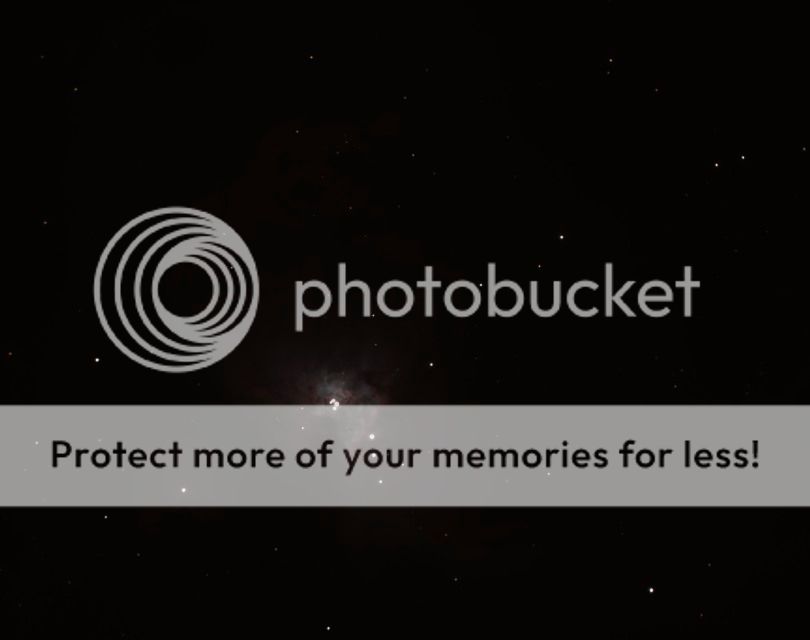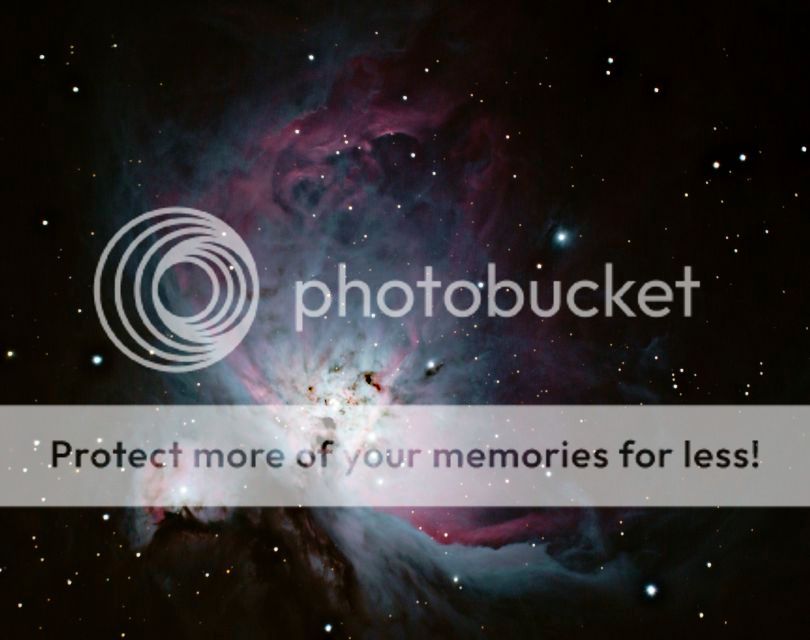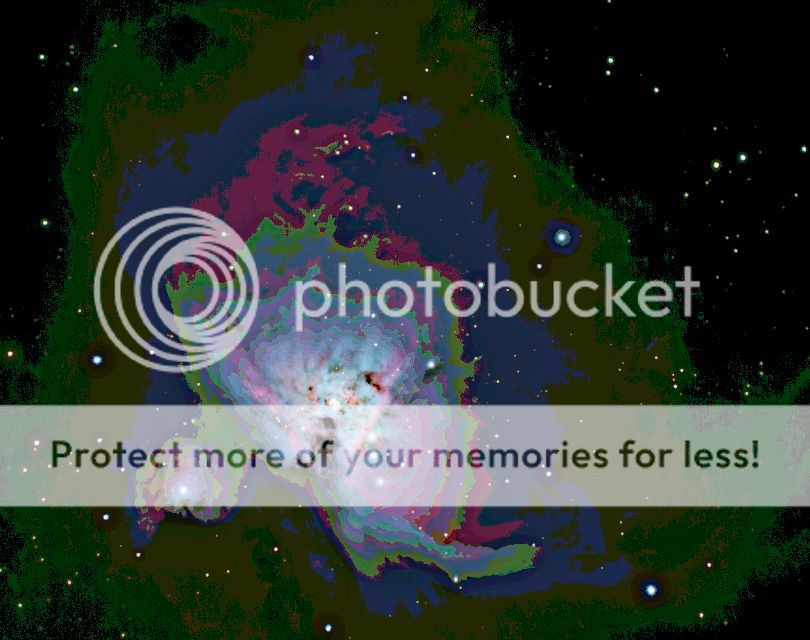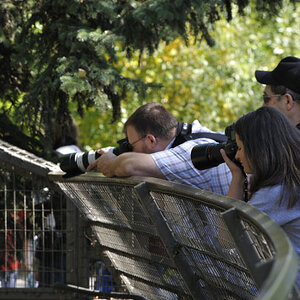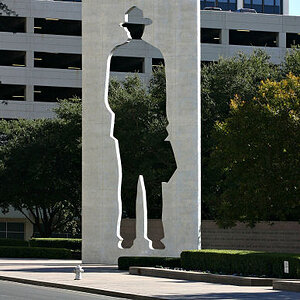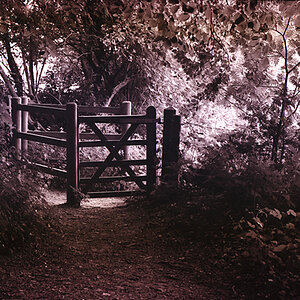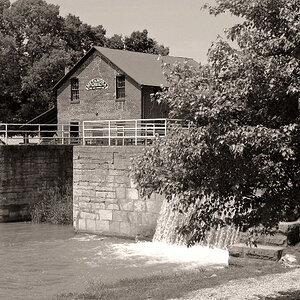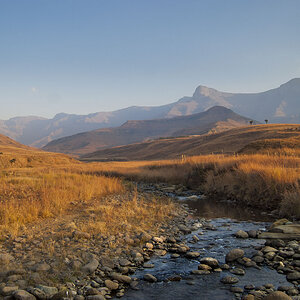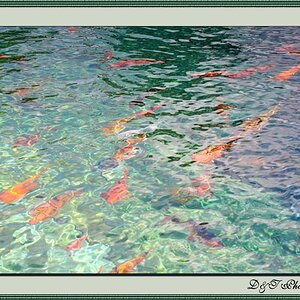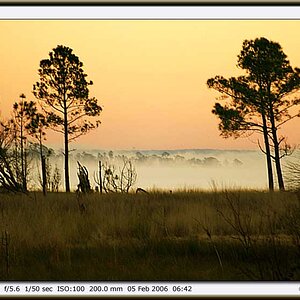amolitor
TPF Noob!
- Joined
- May 18, 2012
- Messages
- 6,320
- Reaction score
- 2,131
- Location
- Virginia
- Can others edit my Photos
- Photos OK to edit
As for number of distinguishable colors, well.
Remember that the RGB value in the image file has to convey value information as well as color information, AND there are issues with color gamut that I do not fully understand but which imply that the colors we're representing on any given output medium are not all the colors we can see. So you really need to encode a fair bit of extra, um, somehow or something, to account for various output media. Or something. I told you I didn't really get the gamut issues.
Remember that the RGB value in the image file has to convey value information as well as color information, AND there are issues with color gamut that I do not fully understand but which imply that the colors we're representing on any given output medium are not all the colors we can see. So you really need to encode a fair bit of extra, um, somehow or something, to account for various output media. Or something. I told you I didn't really get the gamut issues.


